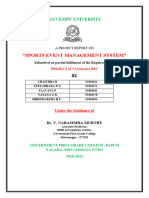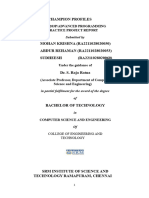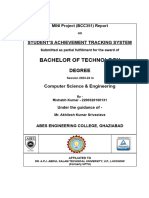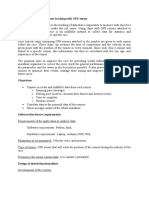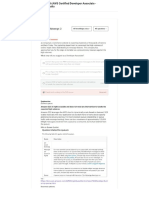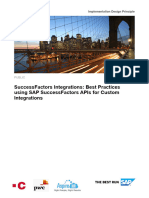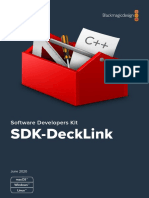0% found this document useful (0 votes)
51 views37 pagesOlympics Analyzer Final Report File
The 'Olympics Analyzer' is an interactive dashboard application developed using Python and Streamlit that allows users to explore and analyze Olympic medal data, integrating historical datasets with real-time updates. It features country-wise medal breakdowns, interactive visualizations, and machine learning capabilities for predicting future medal tallies. The project aims to provide a user-friendly platform for sports enthusiasts, students, and analysts to gain insights into Olympic performance trends.
Uploaded by
Shweta ShuklaCopyright
© © All Rights Reserved
We take content rights seriously. If you suspect this is your content, claim it here.
Available Formats
Download as DOCX, PDF, TXT or read online on Scribd
0% found this document useful (0 votes)
51 views37 pagesOlympics Analyzer Final Report File
The 'Olympics Analyzer' is an interactive dashboard application developed using Python and Streamlit that allows users to explore and analyze Olympic medal data, integrating historical datasets with real-time updates. It features country-wise medal breakdowns, interactive visualizations, and machine learning capabilities for predicting future medal tallies. The project aims to provide a user-friendly platform for sports enthusiasts, students, and analysts to gain insights into Olympic performance trends.
Uploaded by
Shweta ShuklaCopyright
© © All Rights Reserved
We take content rights seriously. If you suspect this is your content, claim it here.
Available Formats
Download as DOCX, PDF, TXT or read online on Scribd
/ 37












































